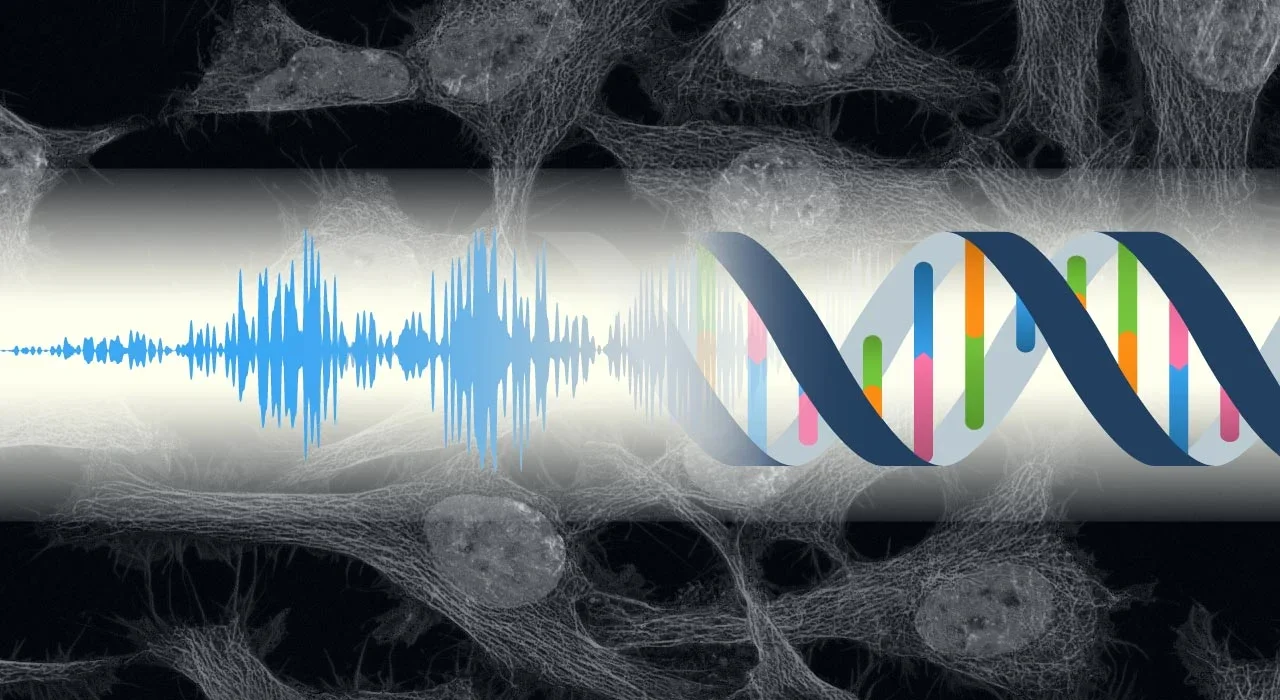Brighter Side of News
1w
137

Image Credit: Brighter Side of News
New research finds that cells detect and react to sound waves
- New research shows that individual cells can detect and react to sound waves, revealing a new level of cellular response beyond chemical or physical cues.
- Scientists designed a system to expose living cells directly to sound waves, leading to changes in gene activity related to stress response, cell migration, and fat cell development.
- Different genes responded to sound in unique ways, with some showing short, sharp reactions (spiked genes) and others exhibiting slow but lasting responses (triggered genes).
- Sound was found to activate genes like Ptgs2, involved in inflammation, and hinder the development of fat cells, potentially offering new approaches for obesity treatment.
- Sound waves could affect gene responses and cellular behavior similar to how hormones or growth factors do, indicating a diverse impact on cellular functions.
- The study suggests that sound could be a non-invasive tool for treating diseases, influencing genetic changes at a cellular level with implications for healthcare and medicine.
- Around 190 genes were identified to respond to sound, impacting processes like cell adhesion, migration, apoptosis, and blood vessel growth, suggesting sound's role in tissue formation and repair.
- The research challenges the traditional view that only ears and brains process sound, indicating that the whole body may respond to sound stimuli in unique ways.
- Cellular responses to sound could have wider implications on how our environment, including everyday sounds and music, influences biological processes in the body.
- The non-invasive nature of sound as a stimulus presents opportunities for innovative approaches in healthcare and medicine, potentially revolutionizing treatment methods.
Read Full Article
8 Likes
For uninterrupted reading, download the app